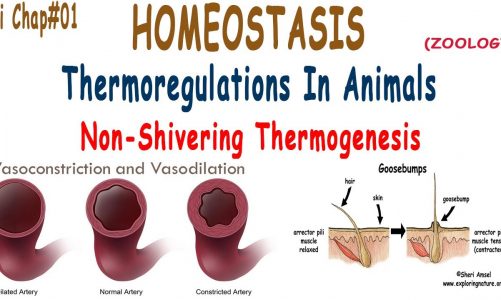Disease-associated nucleotides lie primarily in non-coding regions, increasing the urgency of understanding how gene-regulatory circuitry impacts human disease. To address this challenge, we generate transcrip-tional and epigenomic maps of 823 human tissues, 1000 of individuals, and 7.5 million cells across patients and controls. We link variants to target genes, upstream regulators, cell types of action, and perturbed pathways, and predict causal genes and regions to provide unbiased views of disease mechanisms, some-times re-shaping our understanding. We find that Alzheimer’s variants act primarily through immune pro-cesses, rather than neuronal processes, and the strongest genetic association with obesity acts via energy storage/dissipation rather than appetite/exercise decisions. We combine single-cell profiles, tissue-level vari-ation, and genetic variation across healthy and diseased individuals to deconvolve bulk profiles into single-cell profiles, to recognize changes in cell type proportion associated with disease and aging, to partition ge-netic effects into the individual cell types where they act, and to recognize cell-type-specific and disease-associated somatic mutations in exonic regions indicative of mosaicism. We expand these methods to elec-tronic health records to recognize meta-phenotypes associated with combinations of clinical notes, prescrip-tions, lab tests, and billing codes, to impute missing phenotypes in sparse medical records, and to recognize the molecular pathways underlying complex meta-phenotypes in genotyped individuals by integration of molecular phenotypes imputed in disease-relevant cell types. Lastly, we develop programmable and modu-lar technologies for manipulating these pathways by high-throughput reporter assays, genome editing, and gene targeting in human cells and mice, demonstrating tissue-autonomous therapeutic avenues in Alz-heimer’s, obesity, and cancer. These results provide a roadmap for translating genetic findings into mecha-nistic insights and ultimately new therapeutic avenues for complex disease and cancer.
source
Séminaire de Manolis Kellis



